Overview
You are underweight. Your BMI is . Weighing too little can contribute to a weakened immune system, fragile bones and feeling tired. A recent review of studies found a connection between increased infections and being underweight. The researchers noted their difficulty in determining if this is a result of being underweight or if it has more to do the underlying causes for being underweight. For example, malnourishment may lead to decreased immune function and also cause people to be underweight. More research is needed to fully understand the connection between weight and immune function. You are normal. Your BMI is . Reaching and maintaining a healthy weight is important for overall health and can help you prevent and control many diseases and conditions. If you are overweight or obese, you are at higher risk of developing serious health problems, including heart disease, high blood pressure, type 2 diabetes, gallstones, breathing problems, and certain cancers. That is why maintaining a healthy weight is so important: It helps you lower your risk for developing these problems, helps you feel good about yourself, and gives you more energy to enjoy life. You are overweight. Your BMI is . Obesity is bad news for both body and mind. Not only can it make someone feel tired and uncomfortable, carrying extra weight puts added stress on the body, especially the bones and joints of the legs. Kids and teens who are overweight are more likely to develop diabetes and other health problems. And overweight adults have a higher chance of getting heart disease. You are obese. Your BMI is . Obesity is bad news for both body and mind. Not only can it make someone feel tired and uncomfortable, carrying extra weight puts added stress on the body, especially the bones and joints of the legs. Kids and teens who are overweight are more likely to develop diabetes and other health problems. And overweight adults have a higher chance of getting heart disease. The below tips can be used carefully to gradually improve your lifestyle towards a healthier stage. The data provided below is an esitmate and should be verified on internet before implementing it. What this will do is help you provide a blue print and a direction where you can look into.
Calories needed
Proteins
Fats
![]()
![]()
![]()
456m
![]()
456f
Exercises
Home Gym
Wide press ups
Wide press ups offer a challenging upper-body workout that targets the muscles in your chest, shoulders, and upper arms. This press up variation can also help build your core strength, and it may help protect your back, too.
7 calories burned per min

Spiderman press ups
The movement targets the muscles of the core, including the deep stabilizing muscles of the abdomen and back, the "six-pack" muscles of the rectus abdominis, and the obliques.
10 calories burned per min

Diamond press ups
The main muscles that are worked during the exercise are the triceps, chest and shoulders.
7 calories burned per min
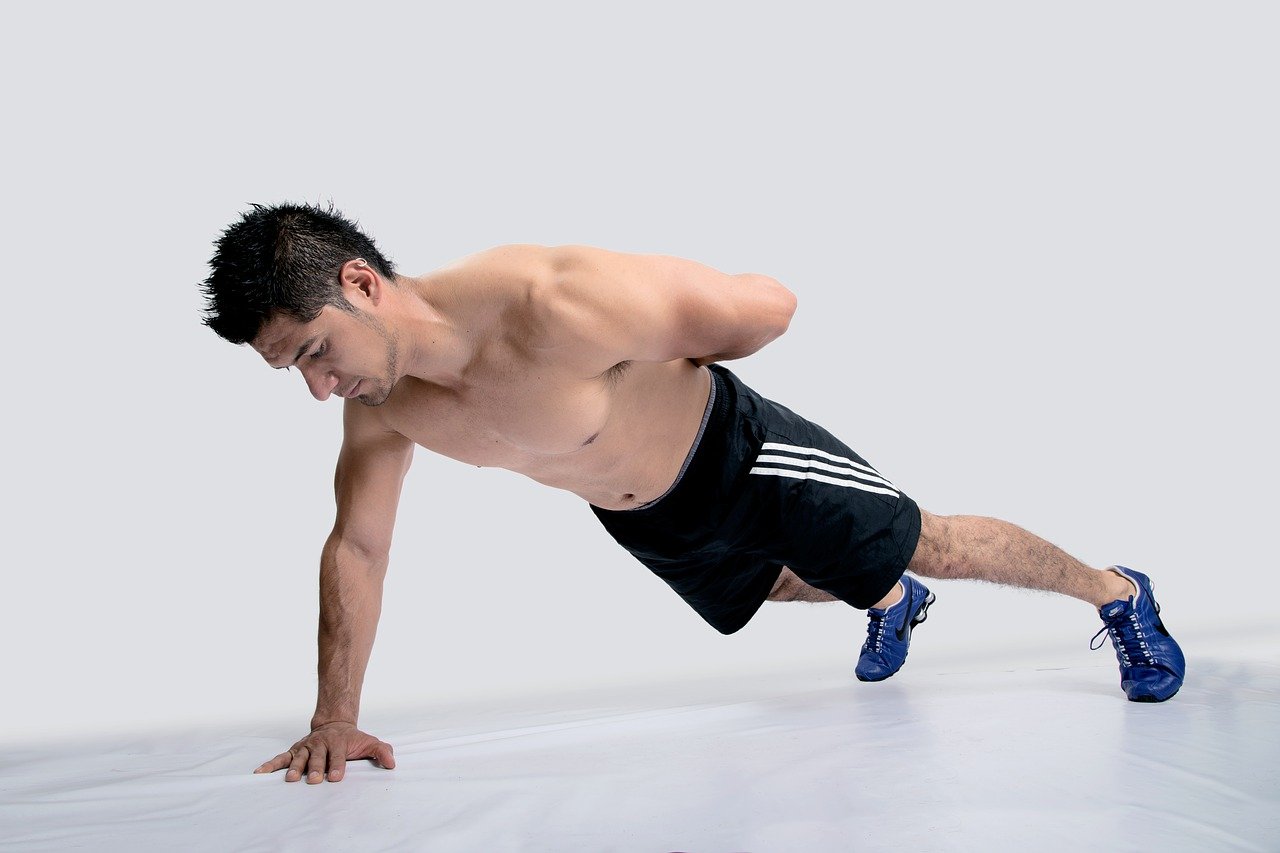
One arm press ups
The muscles involved in a one-arm push-up are the chest, shoulders, triceps, abs, and to a lesser extent, trapezius, rhomboids, teres major/minor, and infraspinatus.
0.5 calories burned per press up

Stair press ups
The incline position primarily works your chest muscles, but you'll also need to engage your core muscles to protect your back.
7 calories per minute
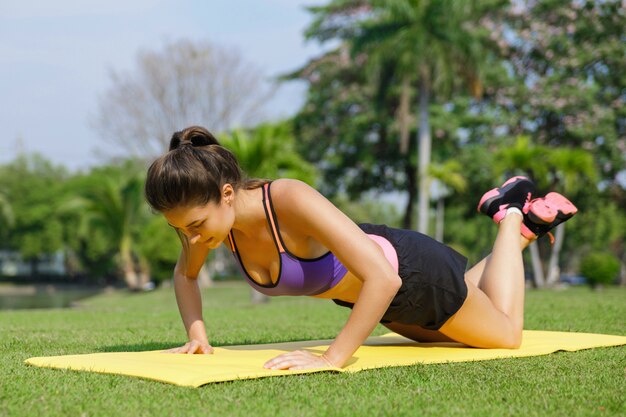
Knee down push ups
Knee push-ups strengthen your pecs (chest), shoulders, arms and abs
7 calories per minute
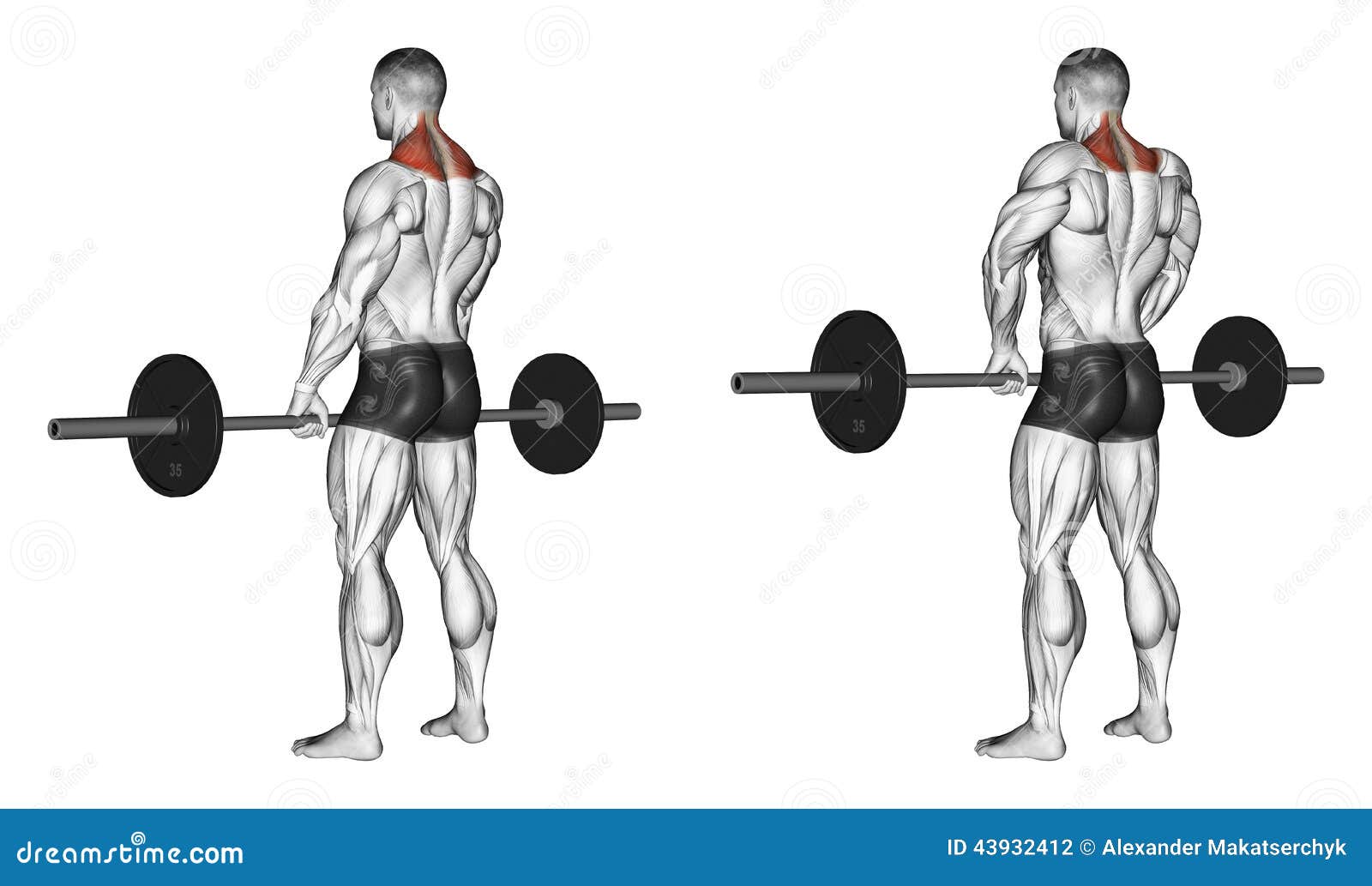
Barbell shrugs
The main muscles that shoulder shrugs target are the trapezius muscles. These muscles are located on either side of your neck. They control the movement of your shoulder blades as well as your upper back and neck.
2 calories per minute
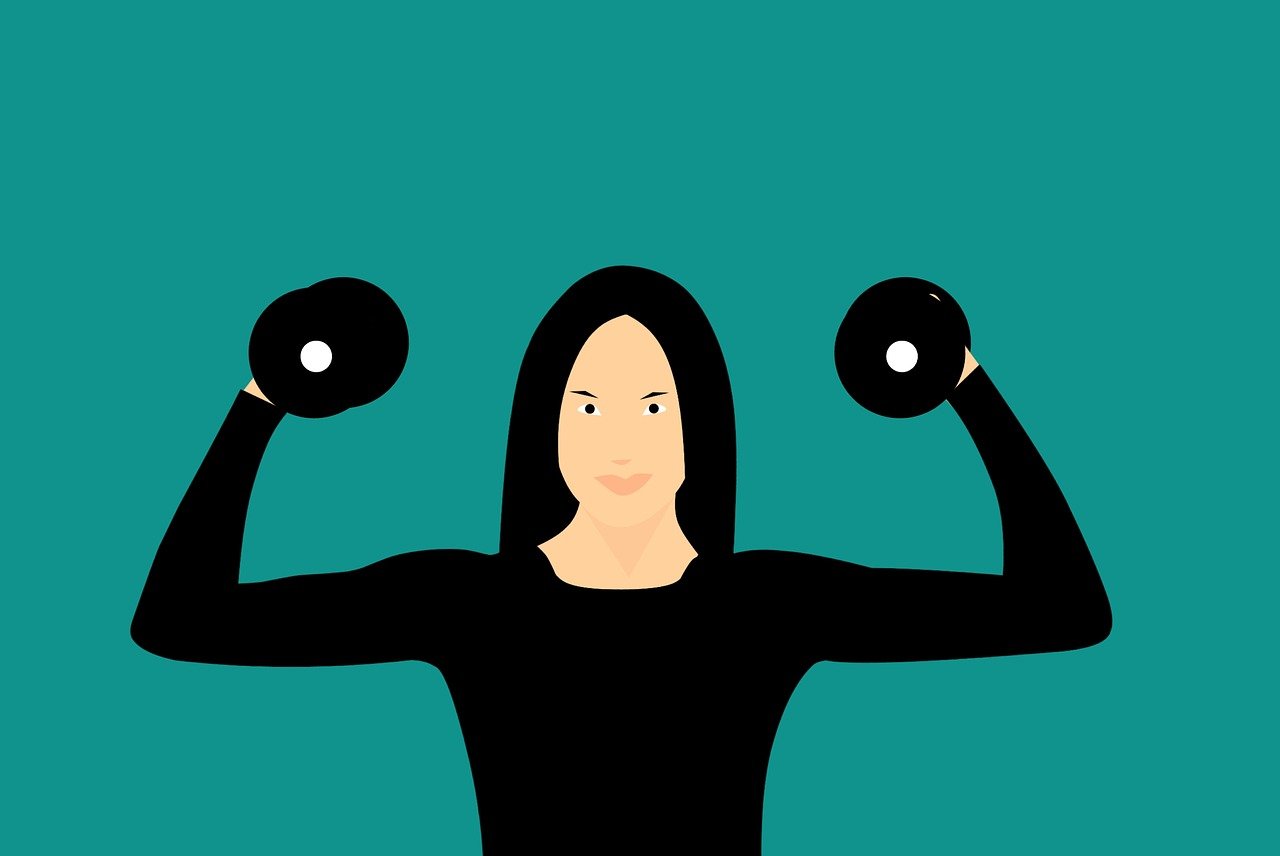
Dumbbell raises
Dumbbell raises primarily target the front of the shoulders, known as the anterior deltoid. This muscle is used in shoulder flexion. Front dumbbell raises also work the lateral (side) deltoid and the serratus anterior, along with the upper and lower trapezius, clavicular part of the pectoralis major, and biceps.
2 calories per minute
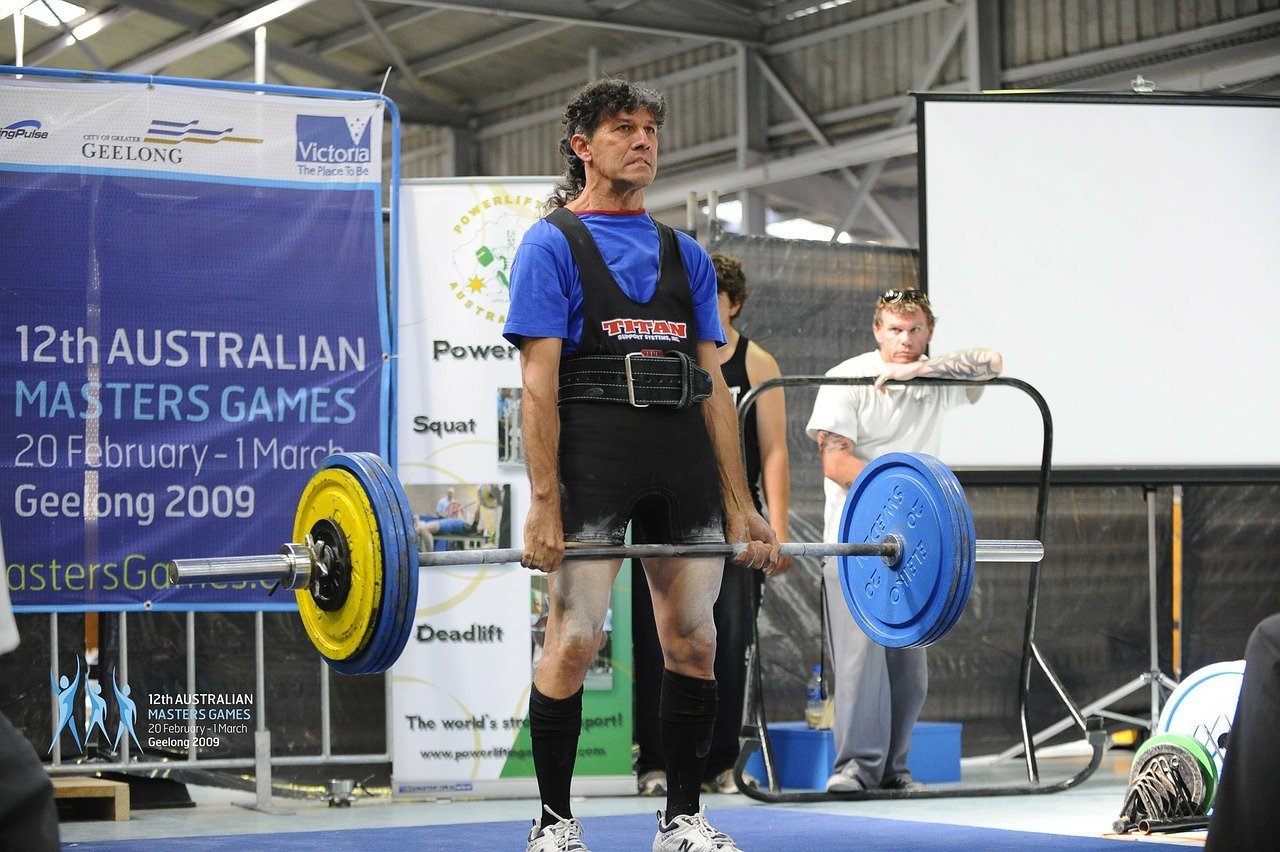
Deadlift
Deadlifts train multiple muscle groups including the: hamstrings, glutes, back, hips, core and trapezius.
60 calories burnt per circuit

Bent over rows
The main muscles used are the latissimus dorsi (lats), which run down the sides of your upper back, trapezius (traps), and rhomboids (upper middle back). The barbell bent-over row also uses the back, glutes and legs to stabilise the body too.
150 calories per circuit
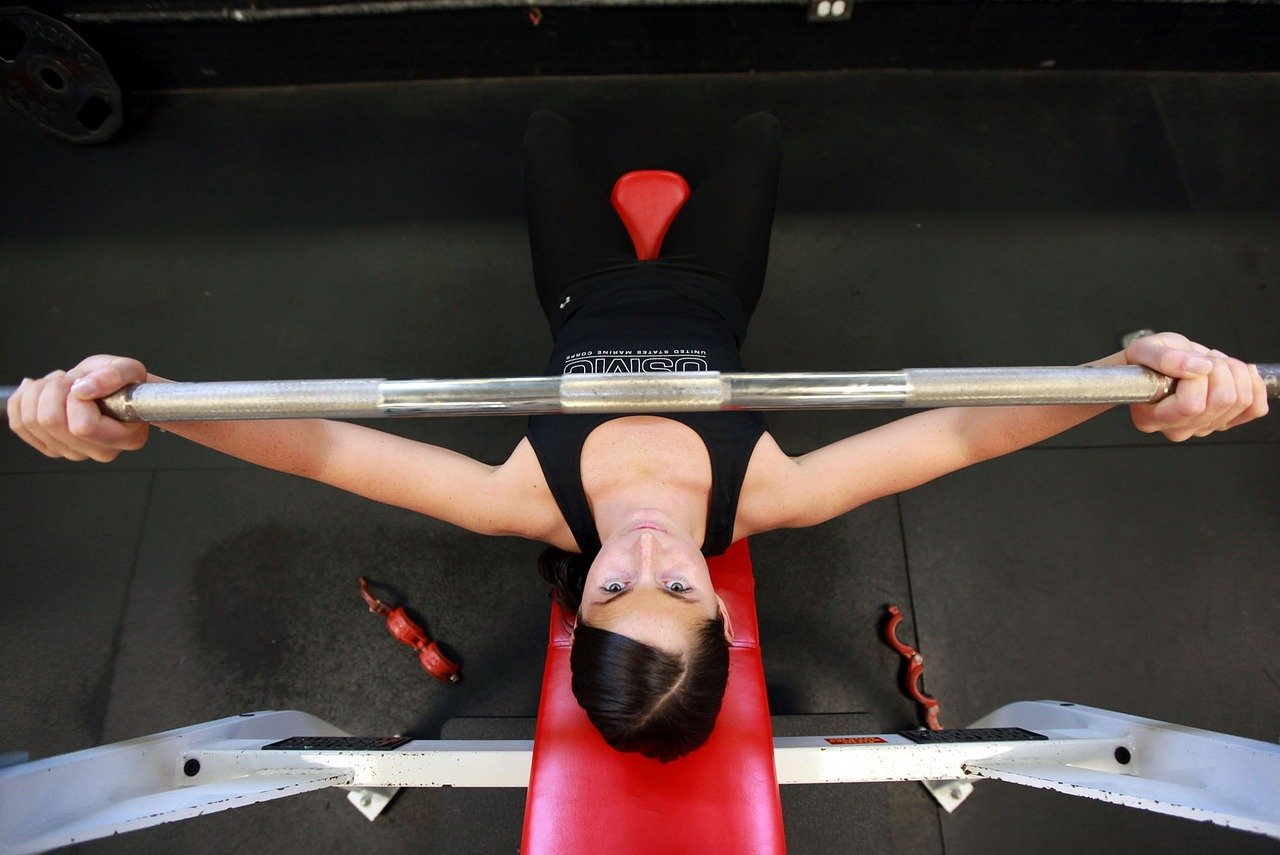
Bench press
This exercise is done lying down on a flat bench and pressing a barbell up and down at chest height. It works the pectoral muscles, shoulders, and arms.
40 calories per set

Knee down push ups
Knee push-ups strengthen your pecs (chest), shoulders, arms and abs
7 calories per minute
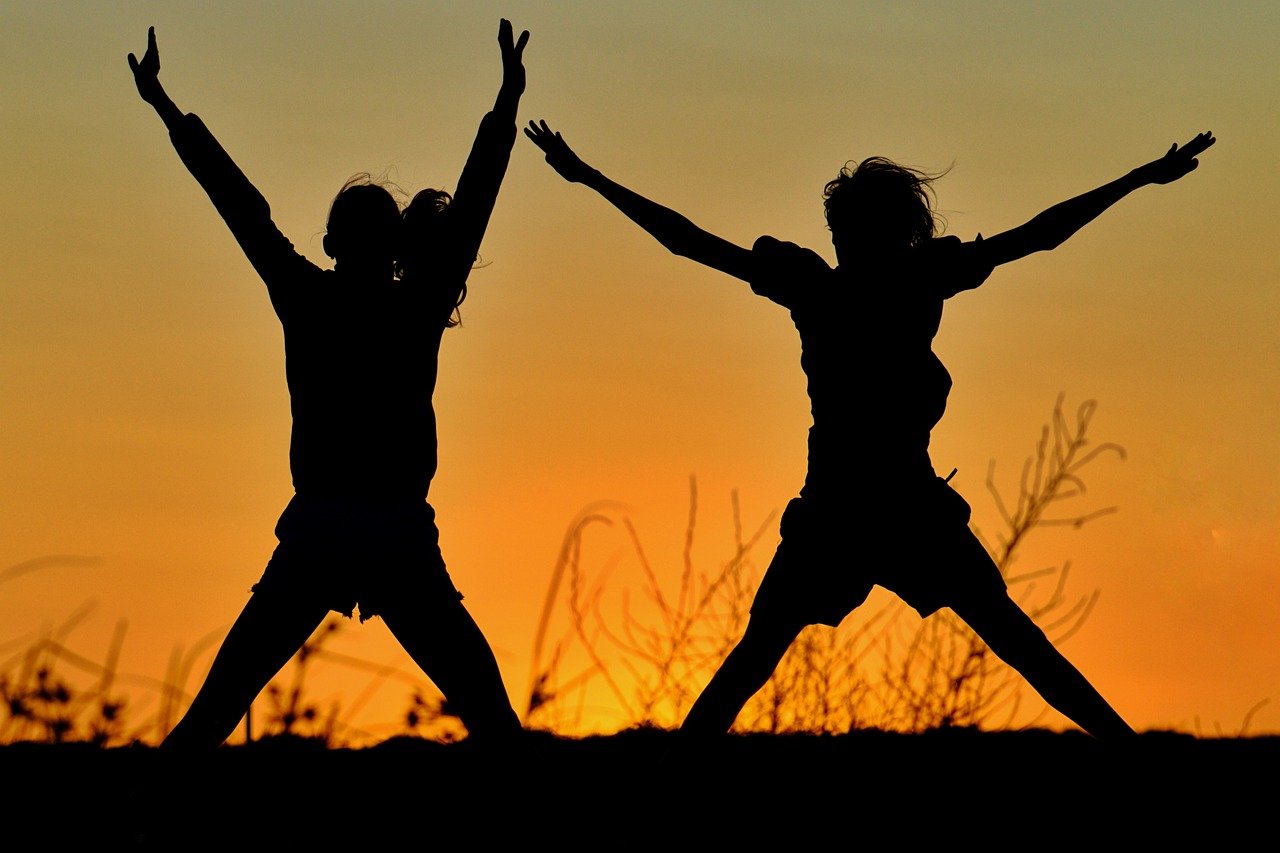
Star jumps
This exercise mainly works your glutes, your quads, and hip flexors. But they are a compound movement, so they pretty much work every muscle in your body to some extent.
10 calories per minute
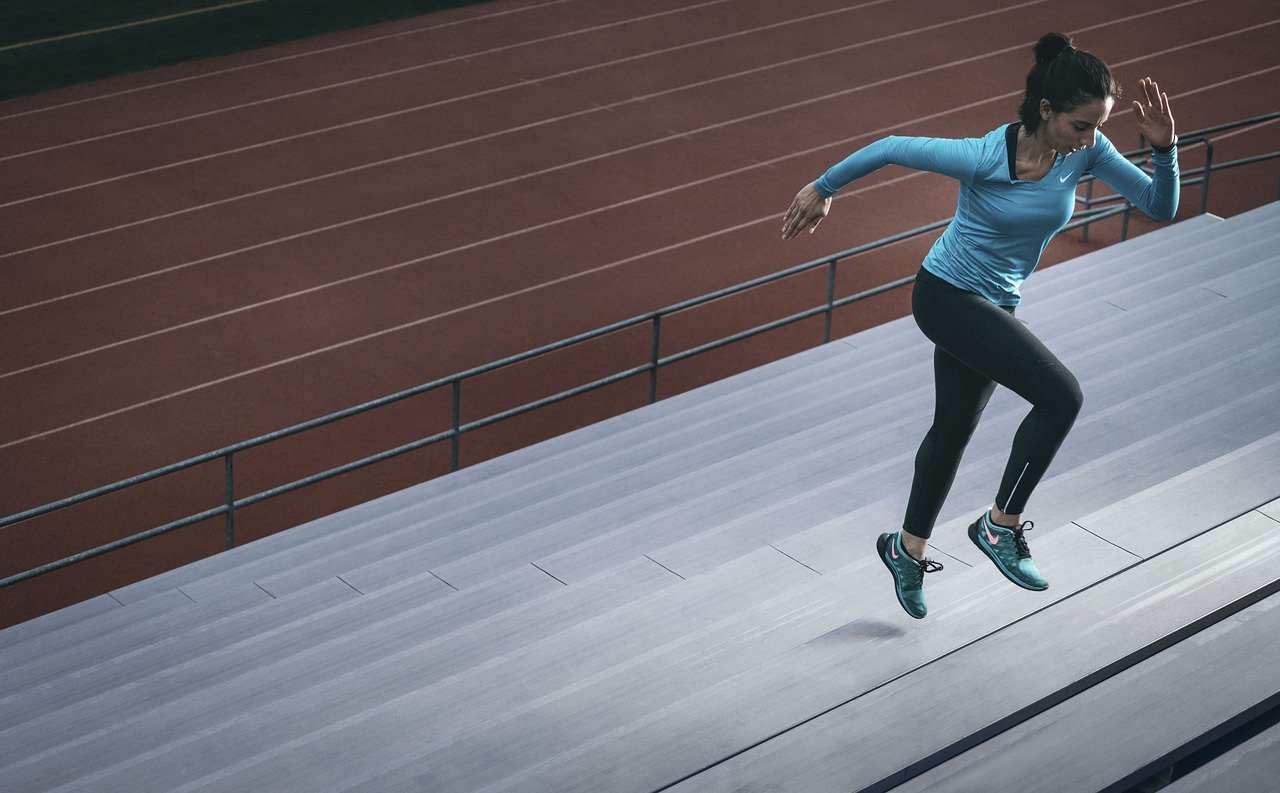
Jumping lunges
When performing a jump lunge, you'll simultaneously work all of the lower-body muscles targeted by a standard lunge, including the quads, glutes, hamstrings and calves.
8 calories per minute

Single leg hip thrust
Single-leg hip thrust is a calisthenics exercise that primarily targets the glutes and to a lesser degree also targets the calves, groin, hamstrings, hip flexors, lower back and quads.
9 calories per minute
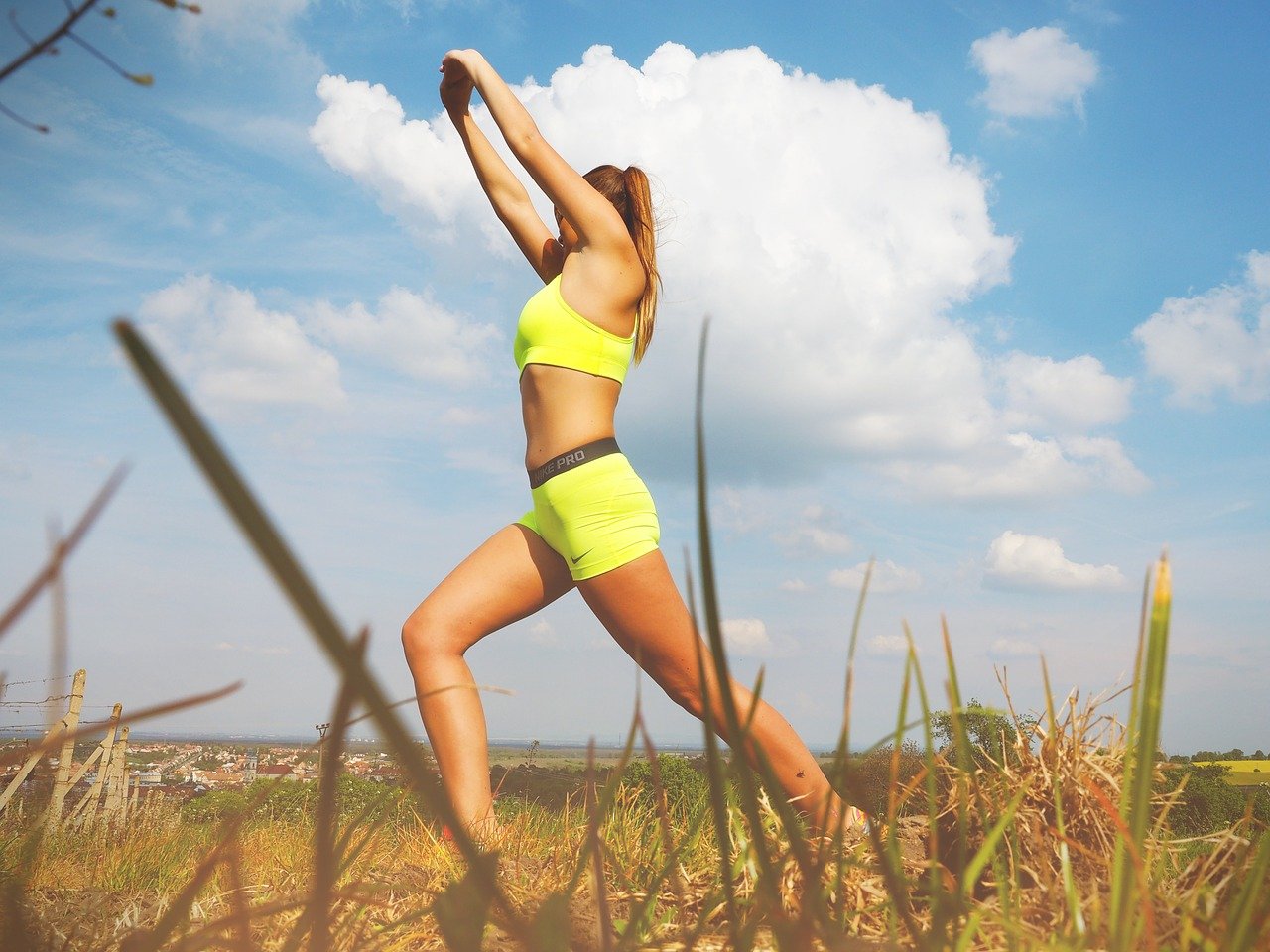
Cross lunge combo
crossover lunge is a free weights exercise that primarily targets the quads and to a lesser degree also targets the glutes, hip flexors and hamstrings.
8 calories per minute

Burpee
With burpees, the focus is on a full-body calisthenics workout that aims to build muscle strength and endurance in both your lower and upper body.
10-15 calories per minute
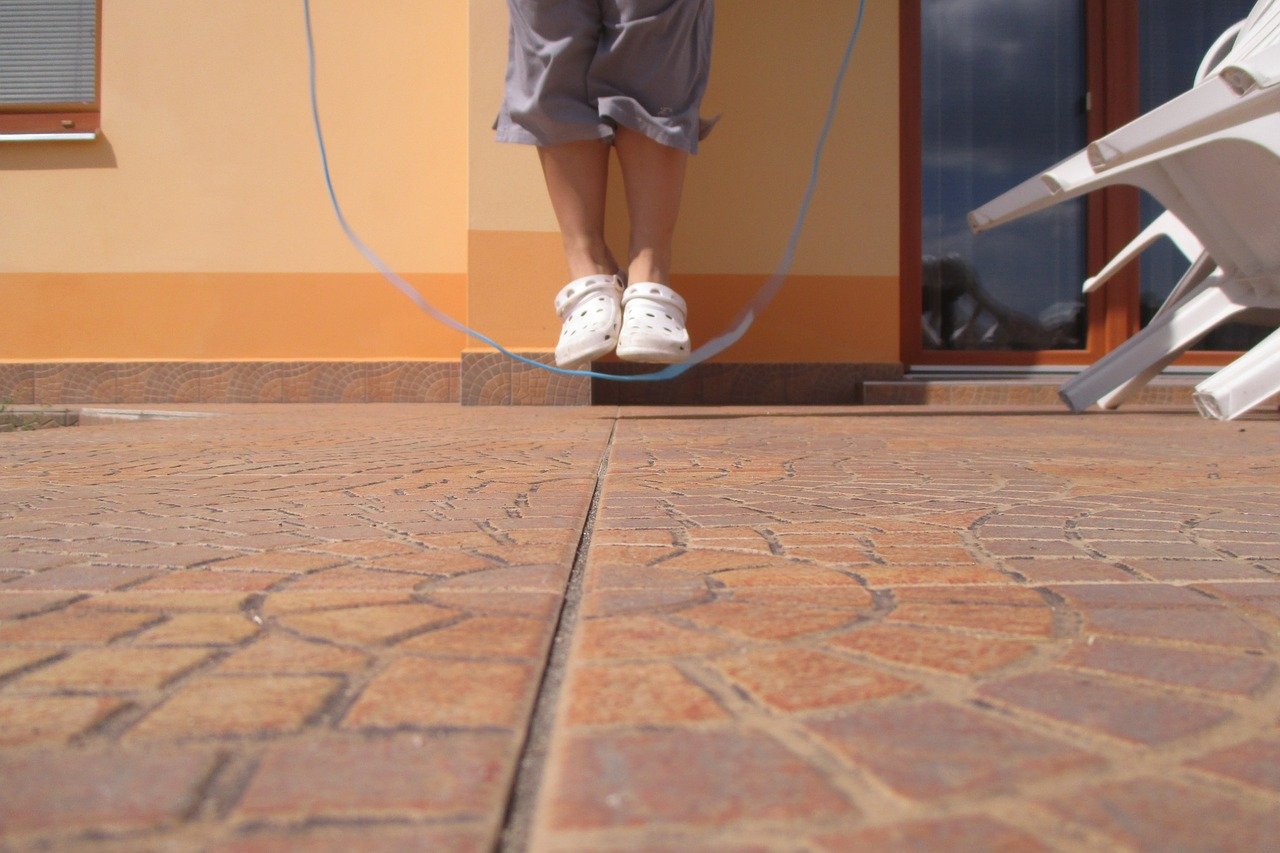
Jumping rope
Your muscles—the gastrocnemius, quadriceps, hamstrings, glutes, abdominals, forearms, and deltoids—get a workout.
10+ calories per minute
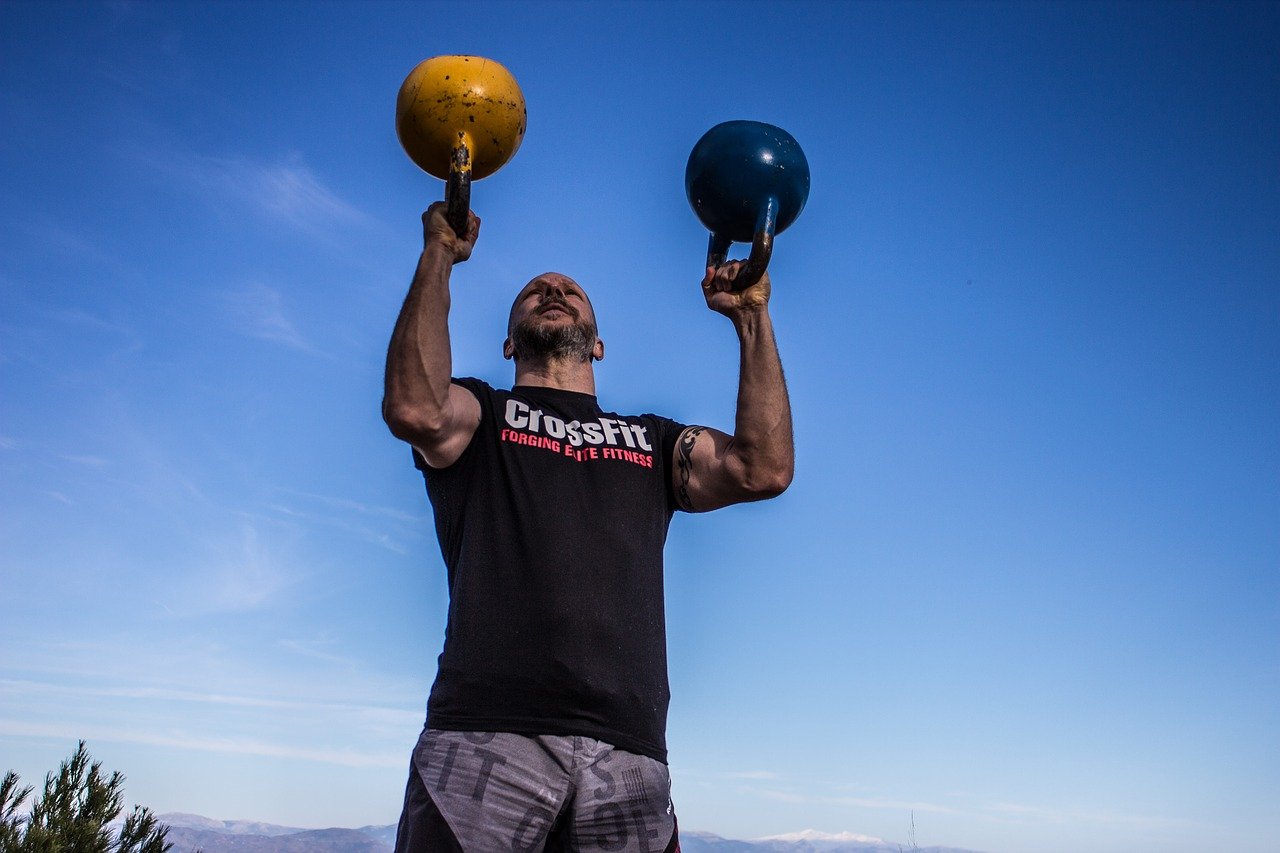
Med ball slams
A med ball works your shoulders, triceps, pecs, calves, back and core (especially your abdominals).
105 calories per set

Back squat
In addition to the lower body, the squat also targets your core muscles. These muscles include the rectus abdominis, obliques, transverse abdominis, and erector spinae. If you do a back squat or overhead squat, you'll also work the muscles in your shoulders, arms, chest, and back.
35 calories per set
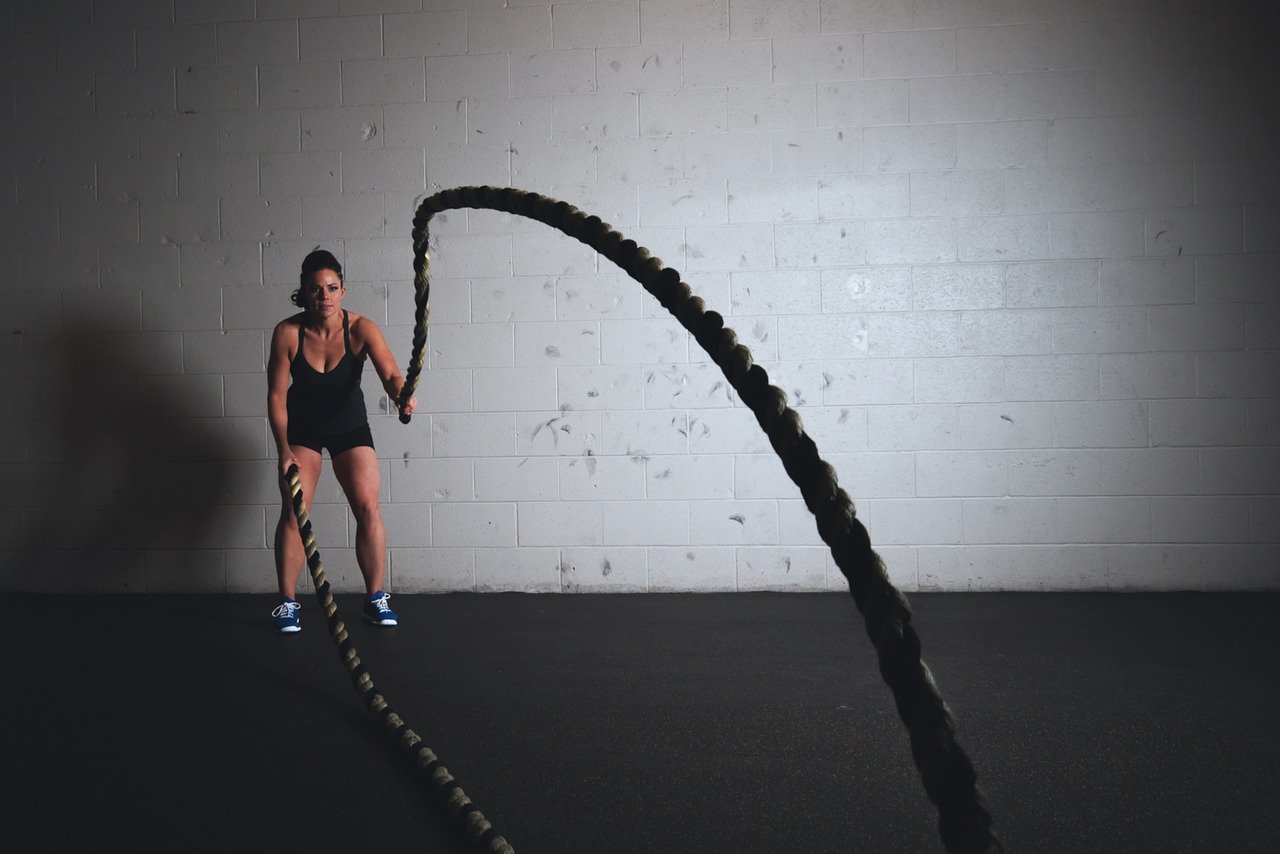
Battle rope
You'll train the muscles in your upper back, arms, abs, back, glutes and if you incorporate jumps, lunges, and squats, you can also work your legs!
10 calories per minute
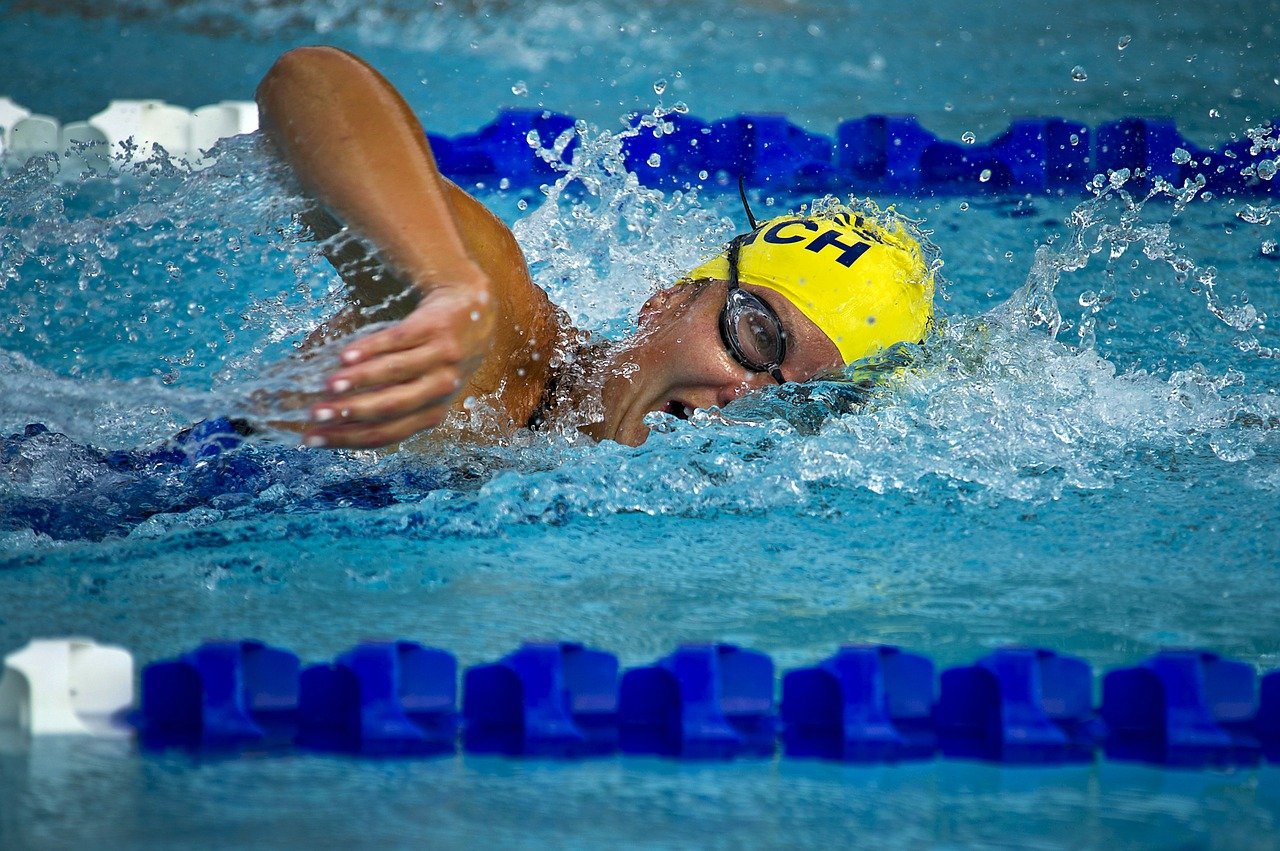
Swimming
Pecs, lasts, quads, hamstrings, calves, shoulders, biceps, and triceps are all in play during swimming.
500 calories per hour
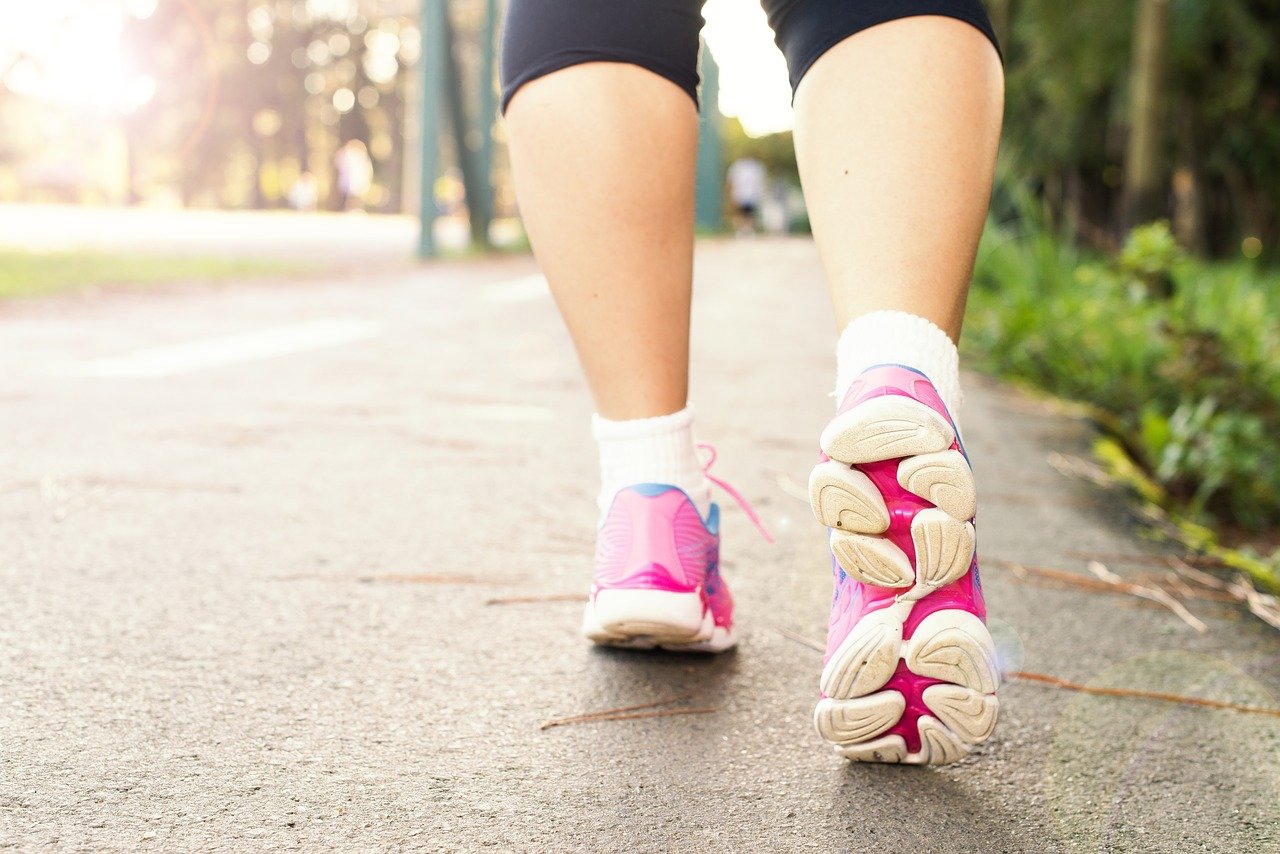
Walking
We use a lot of muscles when we walk. The main ones are the the core muscles and leg muscles.
200-600 calories per hour

Jumping rope
Your muscles—the gastrocnemius, quadriceps, hamstrings, glutes, abdominals, forearms, and deltoids—get a workout.
10+ calories per minute
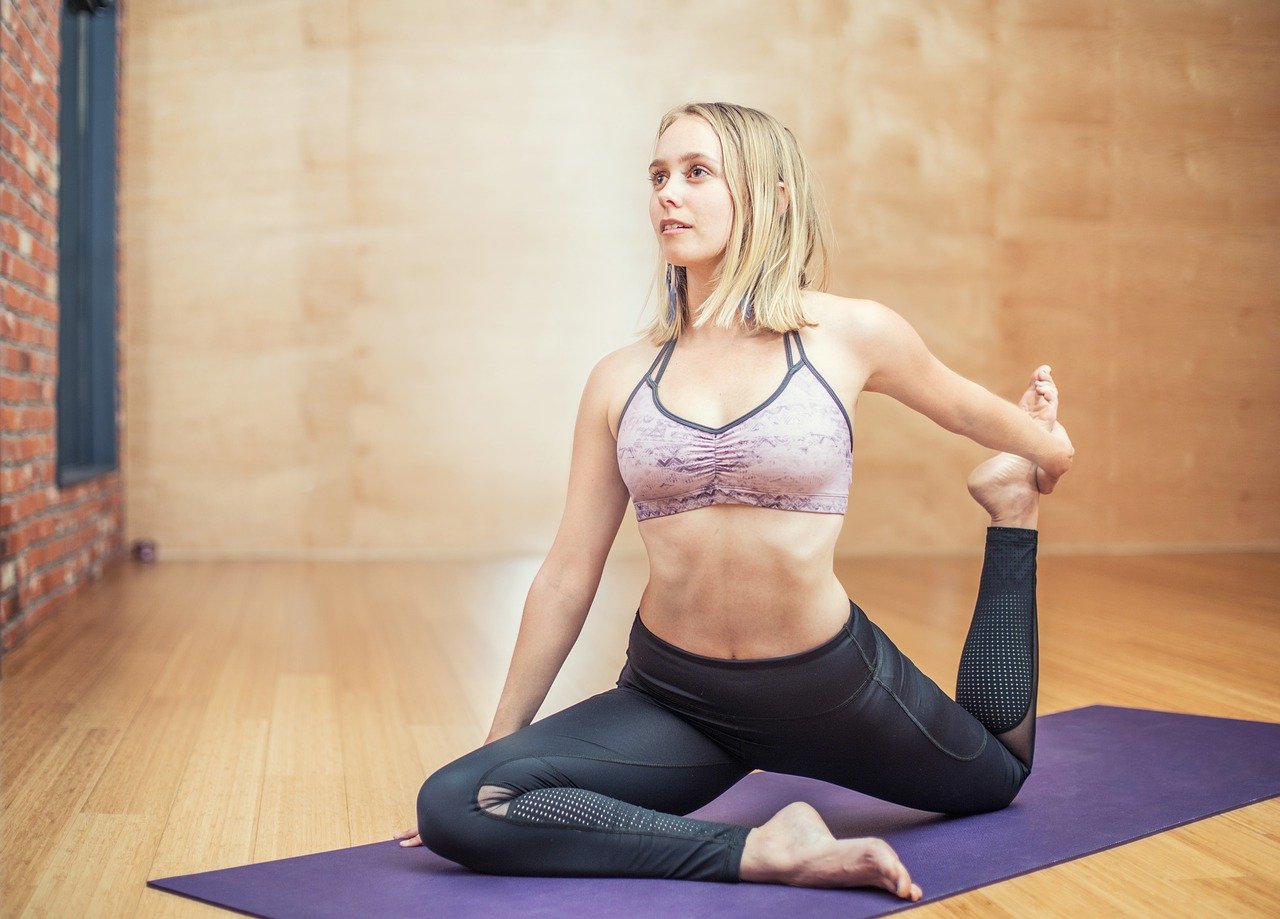
Stretching
When stretching, focus on the major areas of your body that help with mobility, such as your calves, hamstrings, hip flexors, and quadriceps. For upper-body relief, try moves that stretch the shoulders, neck, and lower back.
Usually for relaxing
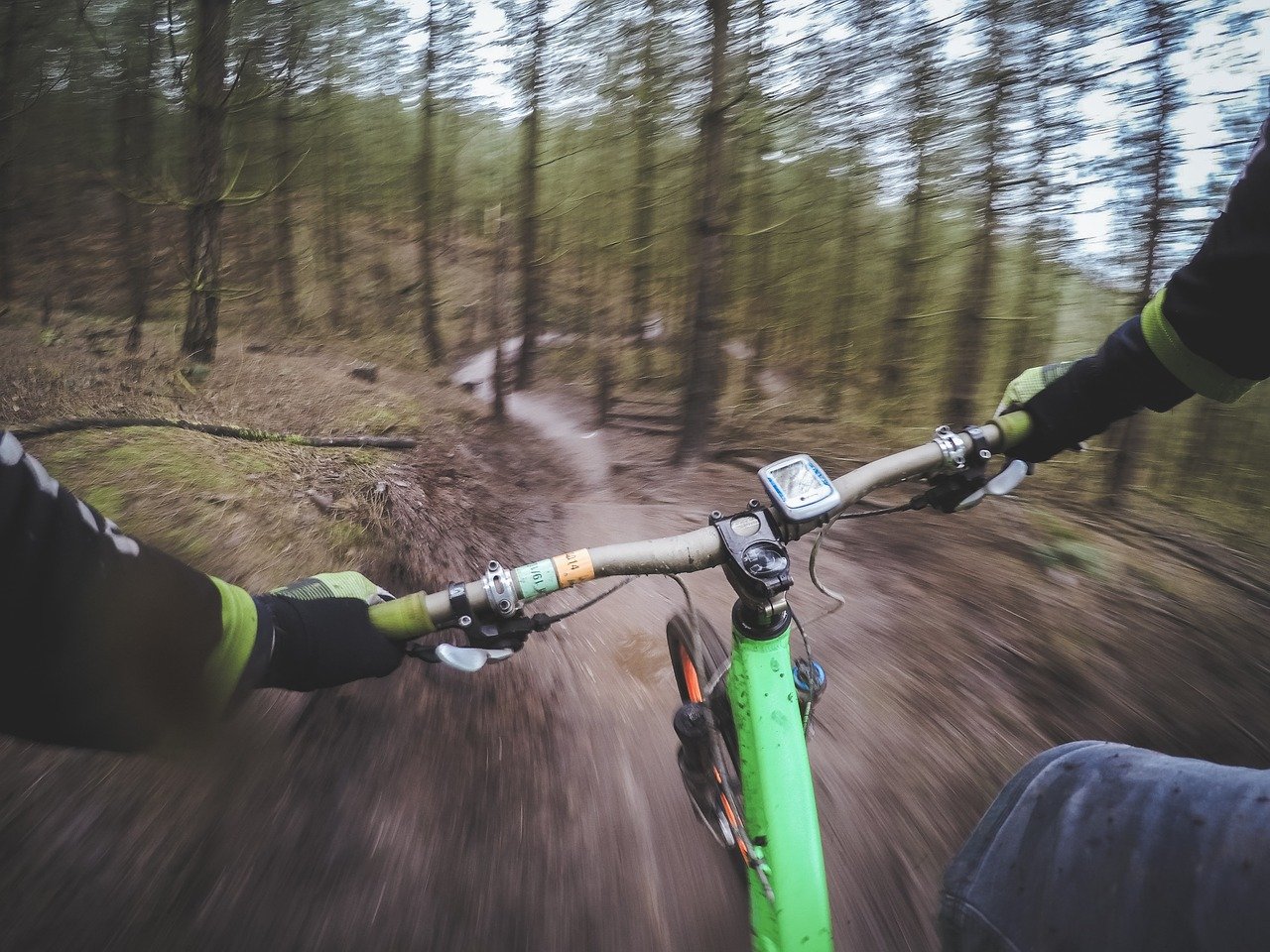
Cycling
The main muscles at work in cycling are the quadriceps and hamstrings in the upper leg, and the gastrocnemius and soleus in the calf. These muscles contract in a sequence that creates the pedaling action.
600 calories per hour
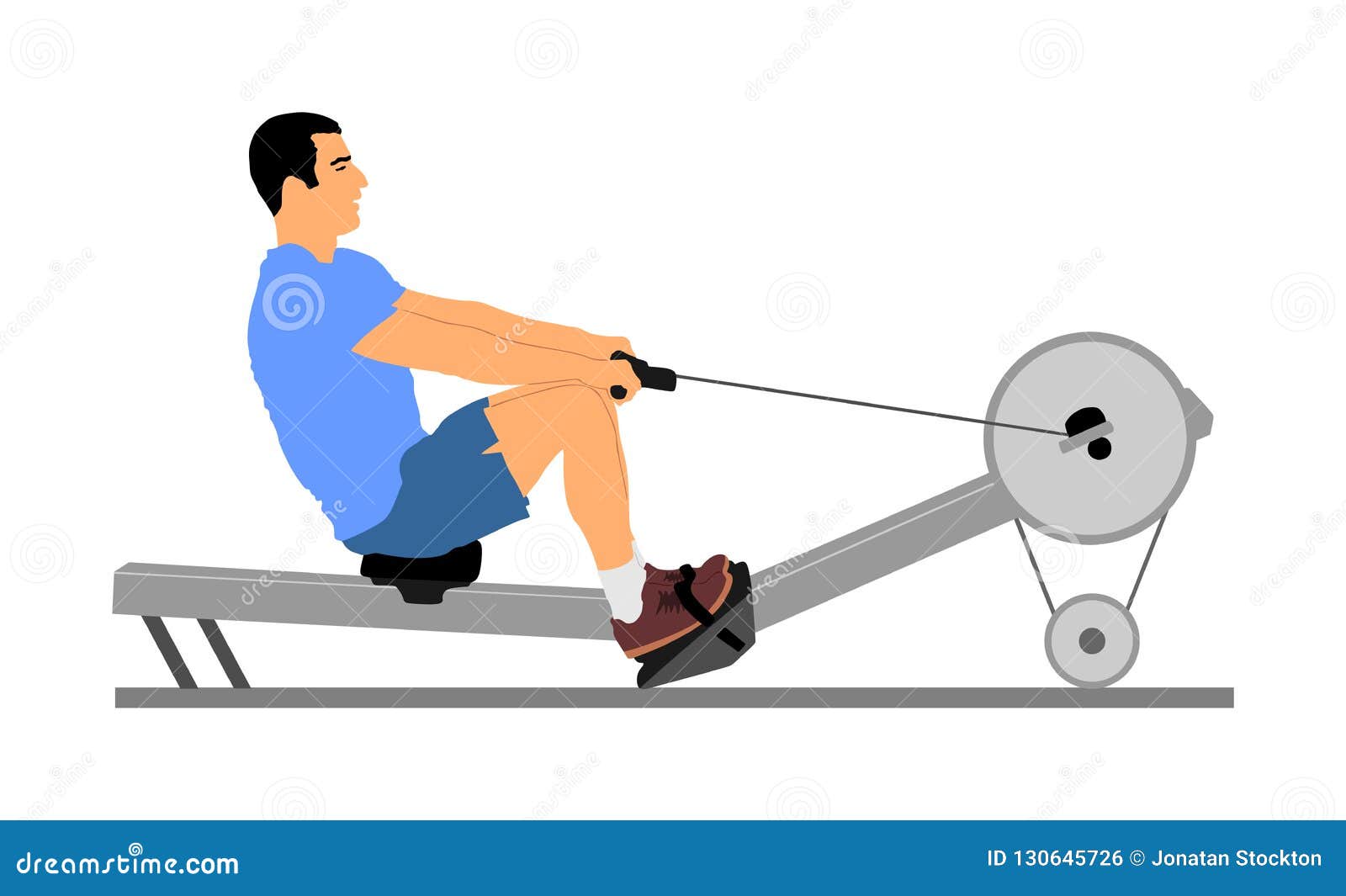
Cable machine rotation
The cable machine targets the transverse abdominis muscle and the oblique muscles. These are the muscles that allow you to twist at the waist and not just your arms. This also engages the muscles of your back, shoulders, and legs.
10 calories per minute

Resistance band rotation
If you want to feel a deep burn in your obliques, try the band core rotation. Twisting your torso against the resistance of an anchored elastic band will challenge each of the two dozen muscles that make up your core.
~200 calories per hour

Smith machine rows
The main muscles used are the latissimus dorsi (lats), which run down the sides of your upper back, trapezius (traps), and rhomboids (upper middle back). The barbell bent-over row also uses the back, glutes and legs to stabilise the body too.
100 calories per set

TRX rows
The TRX row hits all the major muscle groups of the back—the lats, rhomboids, and traps—as well as the shoulders and the core.
60 calories per minute

Smith machine push ups
The incline position primarily works your chest muscles, but you'll also need to engage your core muscles to protect your back.
7 calories per minute
- Wide press up
- Spiderman press up
- Diamond press up
- One arm press up
- Knee down press up
- Barbell shrugs
- Dumbbell raises
- Bench press
- Bent over rows
- Deadlift
- Jumping lunges
- Cross lunge combo
- Star jumps
- Knee down push up
- Single leg hip thrust
- Burpee
- Med ball slams
- Back squat
- Battle ropes
- Jumping rope
- Swimming
- Walking
- Cycling
- Jumping rope
- Stretching
- TRX rows
- Smith machine push ups
- Resistance band rotation
- Cable machine rotation
- Smith machine rows
Diet
These are some of the home made diets you should be having.
- Milk
- Rice
- Protein Shake
- Red Meat
- Nuts
- Whole grain breads
- Salmon
- Dry fruits
- Avocados
- Dark Chocolate
- Eggs
- Almonds
- Chicken breast
- Oats
- Milk
- Cottage Cheese
- Greek Yogurt
- Lentils
- Pumpkin seeds
- Sprouts
- Whole Eggs
- Leafy greens
- Green vegetables
- Beans
- Soup
- Avocados
- Nuts
- Whole grains
- Chilli pepper
- Fruits
- Seeds
- Leafy greens
- Green vegetables
- Beans
- Soup
- Avocados
- Nuts
- Plant oils
The food we eat plays an essential role in how we look and feel. Regular exercise is important but nutrition has the largest impact on our fitness. Making food as our medicine has become a popular craze for health improvement. The current trend focuses on healthy food intake as a primary fitness goal. When healthy eating habits become a lifestyle, we eventually become healthier and happier. Eating right allows us to reduce body fat, feel more confident and reduce our risk of illness.